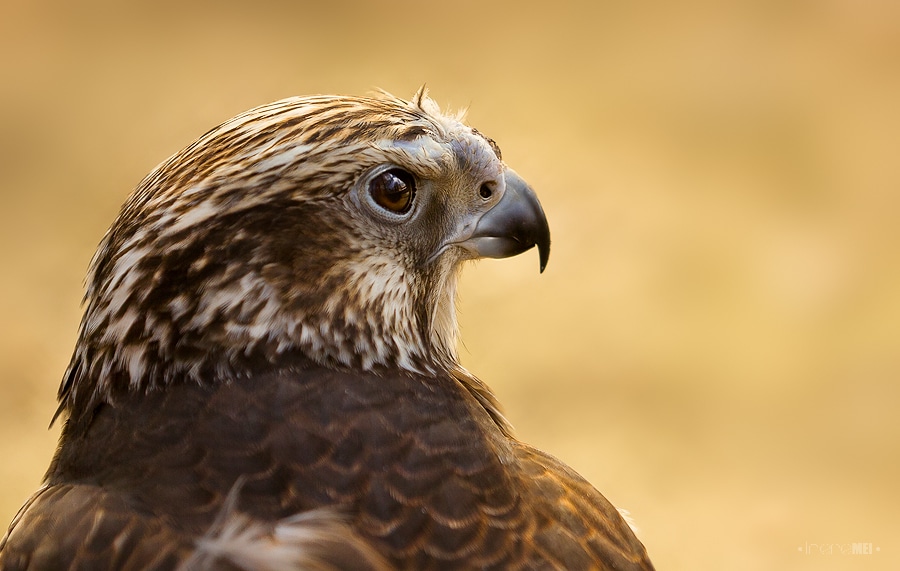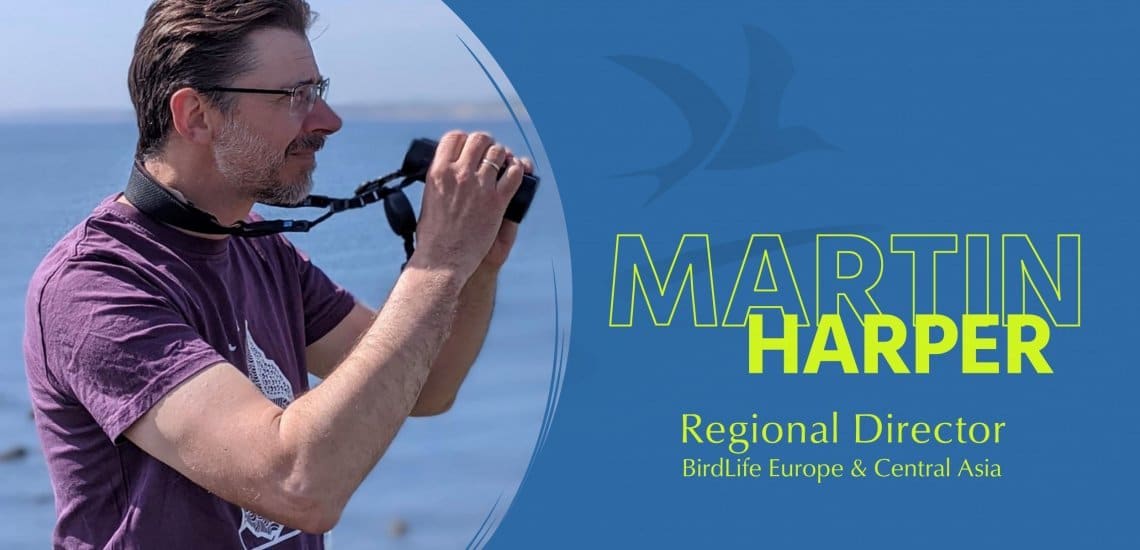One in five bird species in Europe at risk: how should we respond?

I first saw Demoiselle Cranes (Grus virgo) on the wet meadows of Lake Khovsgol National Park in northern Mongolia more than a quarter of a century ago. They were performing their flamboyant courtship dance, creating a lot of noise, and made a lasting impression
It is therefore particularly poignant that this species appears on the front cover of our new European Red List of Birds*, because it now has the status of Endangered. New data from across its European range (mainly Russia and Ukraine) shows its population has declined by more than 50%.
Demoiselle Cranes are just one of 105 species now considered Threatened or Near Threatened with extinction – that’s nearly one in five of all bird species in Europe. Like many migrating waders, it is suffering because of the drainage of wetlands, pollution, and unsustainable hunting. Other groups of species considered most at risk are seabirds, farmland birds, and raptors – each facing their own barrage of threats resulting from unsustainable human activity.
The fact we continue to report declines demonstrates that despite the growing maturity of legal, policy, and financial mechanisms designed to protect and restore nature, these have been insufficient in dealing with the growing pressures on the natural world. My foreword to the Red List says: “The results demonstrate that we are failing to manage our land, freshwater and seas sustainably. We want and need Europe to lead the world in restoring nature, but for that to happen, nothing short of a transformation to our economies is needed.”
In our report (p32), we include a package of recommendations for decision-makers in both government and business covering conservation ambition and action, funding, regulation and enforcement, monitoring and reporting. There is a lot to do, yet the window of opportunity to act is rapidly closing with the climate crisis compounding the many threats that wild birds on our continent are facing.
This is the context and challenge not just for decision-makers but also for NGOs like BirdLife. And this month, we begin a consultation with our Partners (who operate in 43 countries across Europe and Central Asia) about how, together, we can have the biggest bang for our conservation buck over the next five years.
Collectively, our Partners employ 4,100 staff, have >2,000,000 members including tens of thousands of skilled volunteers, own or manage >6,000 nature reserves totalling >320,000 hectares. Each will do what they can to act in their own countries, but birds know no borders and many of the threats they face are trans-national – which is why collaboration is essential. We work together to influence global policy, such as the Conventions on Biological Diversity and Climate Change, or regional policy frameworks such as the EU’s agriculture and fisheries policies, drive practical conservation action to protect sites or species that cross borders (and, in the case of flyways, continents) and share experiences about what works. Our science helps find solutions to conservation problems and we showcase our conservation successes to inspire others.
Over the coming weeks, we need to decide how we can (as we ask the same of governments) make a step-change in our collective impact. We shall be mindful of our strengths and how we complement the work of other conservation organisations. This is why, when it comes to tackling climate change, we join the rest of civil society in calling for the right outcome from the UN Summit on climate change in Glasgow this week but will play a leadership role in calling for the renewable energy revolution to take place in harmony with nature and demonstrate how to reduce emissions from land use through agriculture policy reform and restoration of habitats which are important for storing or sequestering carbon. As Sir David Attenborough said this week “nature is key in the fight to save the planet” and this is why the UN is right to include a new target in its global biodiversity framework for at least 10 GtCO2e per year to be saved through ecosystem-based approaches and, of course, why this week’s announcement to halt forest loss by 2030 is so important and must lead to action.
And finally, we shall do whatever we can to make it easier for politicians to do the right thing and raise the political pain of failure. The Fridays for the Future movement has in a few short years changed the public debate in an incredibly helpful way, shaking politicians, business leaders and even NGOs out of complacent, business as usual. It’s up to all of us to follow their lead and play our part in the unstoppable movement for change, for Demoiselle Cranes, for all birds, for the planet, and for ourselves.
This blog is part of a series I am writing as a contribution to the UN Decade on Ecosystem Restoration. You can read my previous blog here. Do you have any thoughts on what I have written? It would be great to hear your views. Send me a tweet – my handle is @MartinBirdLife.
* The 2021 update of the European Red List of Birds was produced by BirdLife Europe and Central Asia in collaboration with BirdLife International and the International Union for the Conservation of Nature (IUCN). It was made possible thanks to financing from the European Commission.
Related News
Stay up to date
Sign up to receive the latest bird conservation news. You’ll also receive updates about our projects, science and other ways to get involved including fundraising.
Thank you for your support, we are committed to protecting your personal information and privacy. For more information on how we use your data, please see our Privacy Policy. You can unsubscribe from emails at any time by using the link in the footer of any email from us.




